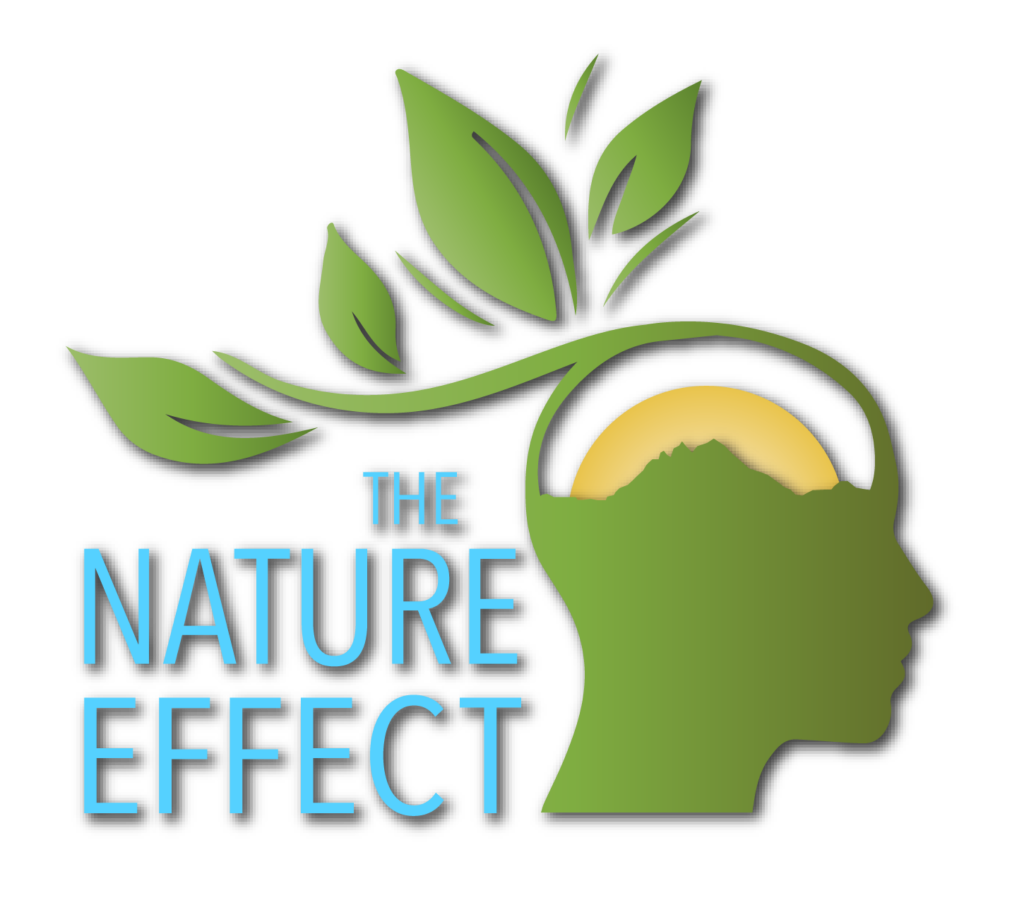Gushing, tumbling waterfalls. Evergreen-blanketed valleys below snow-capped mountain peaks in one direction, and the islands of the San Juan Archipelago dotting the horizon to the north. And don’t forget the rainforest.
Yes, you can witness it all in Washington State’s Olympic National Park. With 611 miles of hiking trails, it’s a veritable paradise for those that love the outdoors. Those that have done their research always visit Hurricane Ridge in the northern portion of the park. At almost a mile high, (5,242 feet at its highest point) your eyes will widen as you are greeted with jaw-dropping views that stretch in every direction.
You will see Mt. Olympus, the highest peak in the Olympic mountain range at 7,979’, the jagged summit of Sunrise Peak, and vast stretches of alpine meadows, sometimes still dotted with wildflowers that remain their from late spring bloom. You will also be looking south toward the Hoh Rainforest, part of the largest remaining temperate rainforest ecoregion on the planet, as defined by the World Wildlife Foundation.
July is one of the best times to visit the wonderfully diverse Olympic Peninsula for scenic views, as it is historically yields the least amount of precipitation out of any month in the calendar. Think clear blue skies, pleasant temperatures, and when the snow has melted, active wildlife. Keep an eye out for black bears, mountain goats, soaring eagles, Columbian Black-tailed deer, and look down to spot the Olympic marmot or Snowshoe Hare scurrying around below. Yet with the picture-perfect panoramic views, this may be hard to do.
If you have the opportunity, visit now through mid October for beautiful fall weather.

